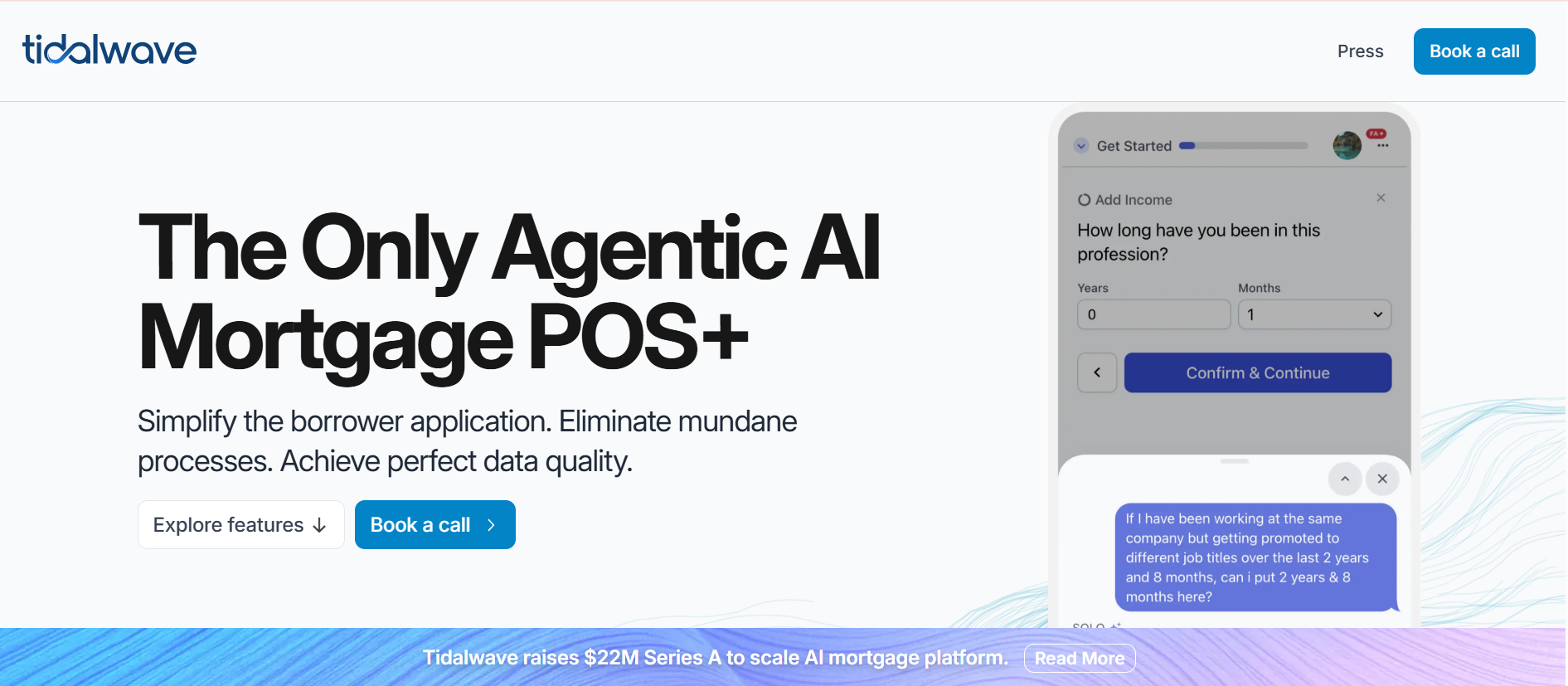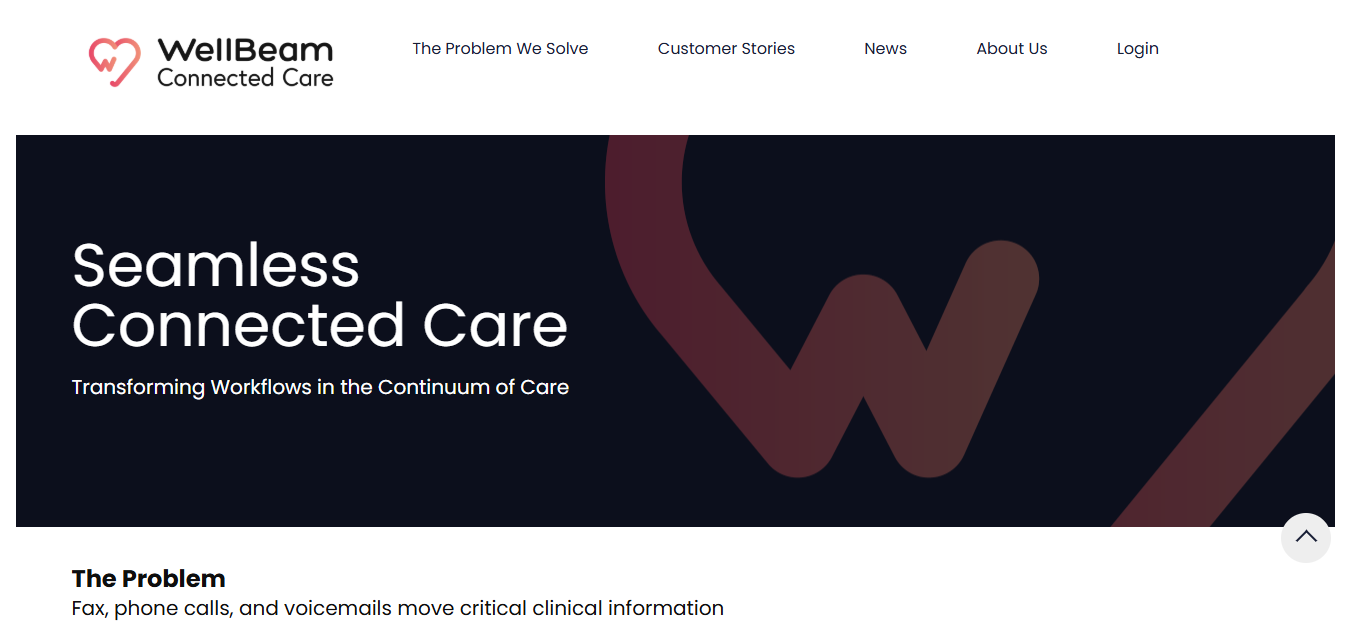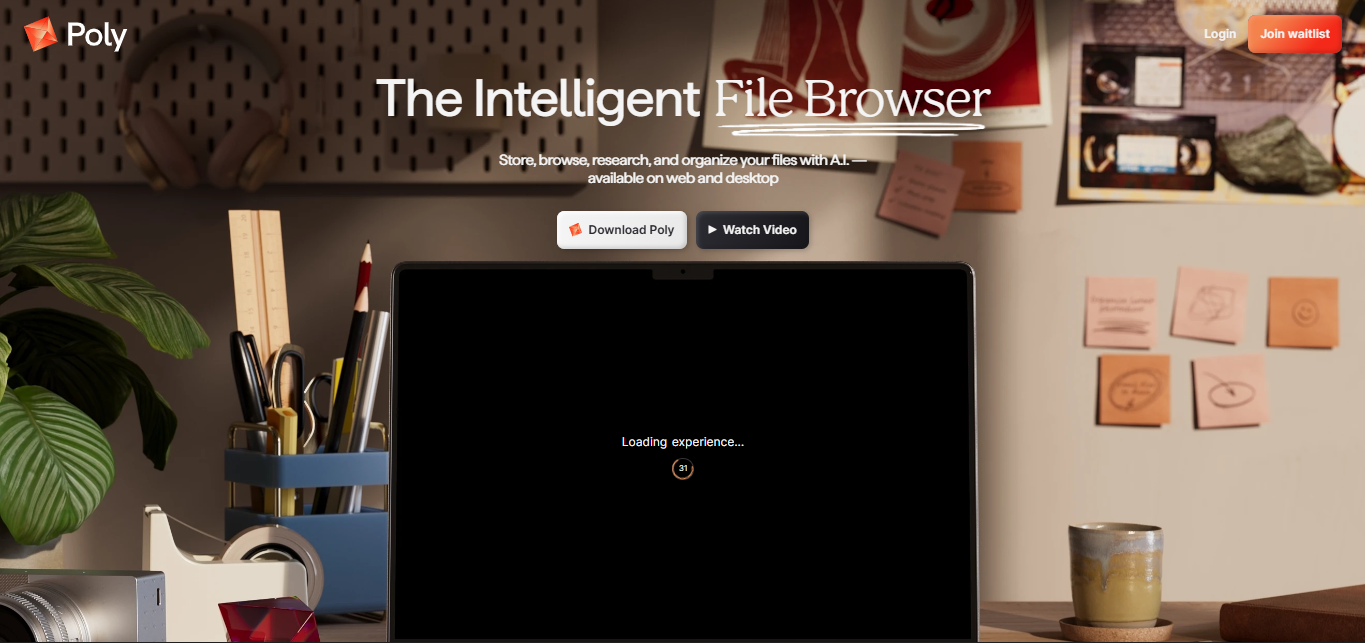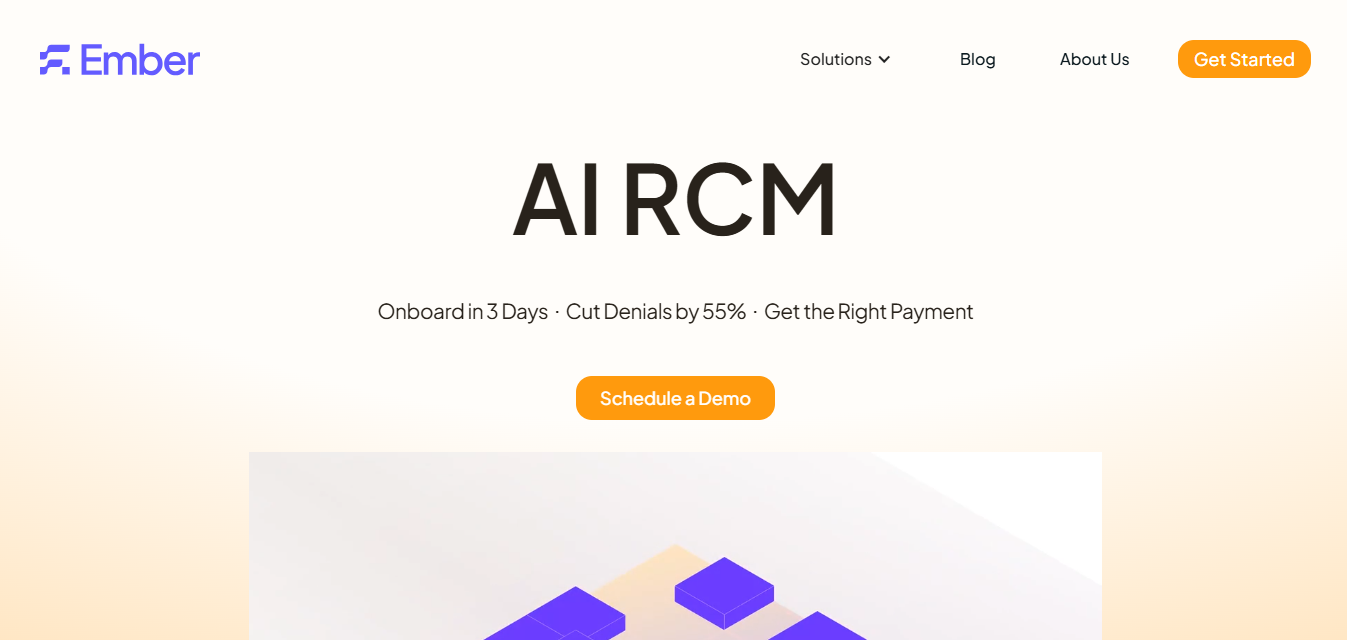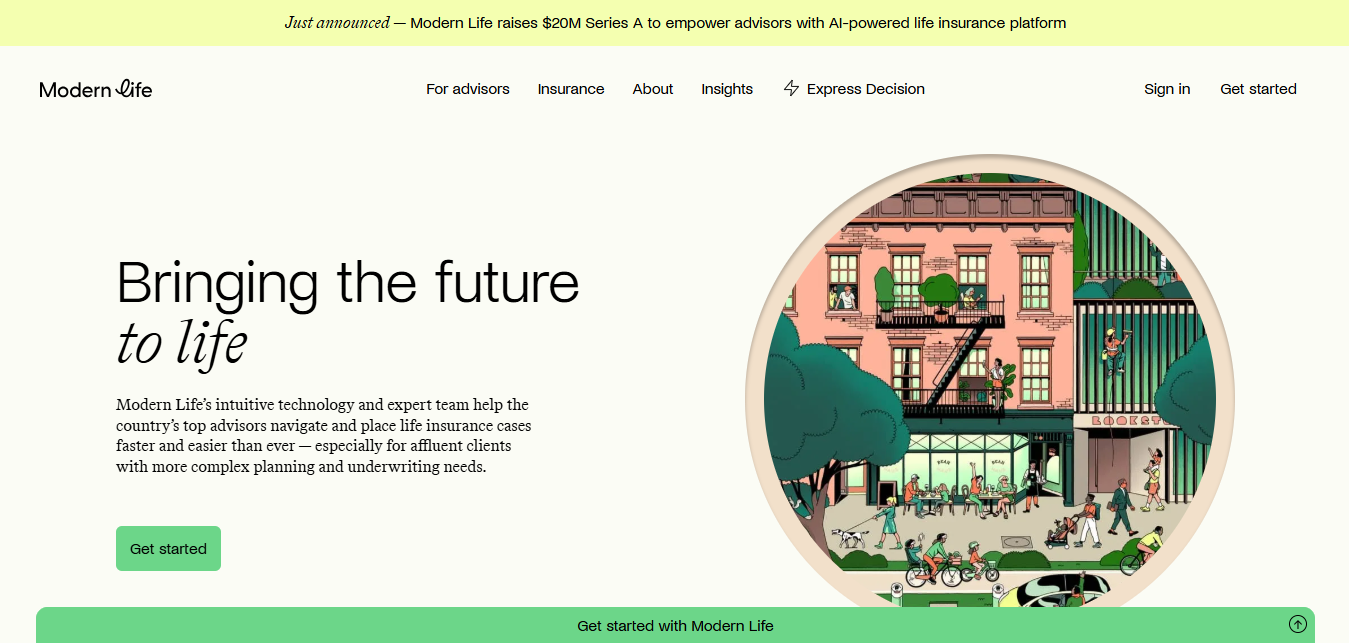How to Eliminate Miscommunication with Remote Teams by Embedding Talent Directly into Your Workflow
May 8, 2025
byMihia Ma
The shift to remote work has accelerated dramatically. In fact, a Gallup survey found 43% of Americans now work remotely at least some of the time. Remote work offers undeniable benefits: greater flexibility, happier employees (for example, a few extra days at home each week), access to a global talent pool, and lower overhead. Companies can tap skilled professionals anywhere in the world, making it a win–win for employers and employees alike.
However, remote work also introduces new challenges: chief among them is communication. Without face-to-face interaction, team members can easily feel isolated and out of the loop. In Slack’s research, 85% of workers said they want to feel closer to remote colleagues, yet many report feeling disconnected. Worse, when communication breaks down, productivity and morale suffer: employees may hide their concerns for days, duplicate each other’s work, or miss deadlines altogether. In short, remote miscommunication is not just frustrating, it’s costly. This article explores how the Fenoms model embeds vetted remote talent into your existing workflows to eliminate these communication gaps and keep your team running smoothly.
The High Cost of Miscommunication
Before diving into solutions, it’s important to understand how expensive miscommunication can be. Countless studies show that poor communication drains productivity and profits. For example, Grammarly’s 2022 State of Business Communication report found that miscommunication costs US businesses an estimated $1.2 trillion every year. To put this in perspective, that works out to about $12,500 lost per employee per year. Gartner similarly estimated that inefficient communication wastes roughly $500 billion annually across organizations. Even in Slack’s analysis of remote teams, disengaged or out-of-the-loop employees (often due to poor communication) cost the U.S. economy around $605 billion in lost productivity each year.
These numbers are staggering. On the ground, miscommunication means duplicated effort and missed deadlines, Gallup reports that unclear goals and lack of updates often force teams to redo work or stall projects. For startups and enterprises alike, this translates to delayed product launches, frustrated clients, and even lost deals. In one study, nearly 20% of businesses said poor communication damaged their reputation and led to lost sales.
Put simply, every minute a team spends clarifying or chasing down information is a minute of wasted labor. In fact, McKinsey found employees spend almost two hours per day just searching for information or waiting on answers. Multiply that across your workforce, and it’s clear why investing in better collaboration pays off. The goal is to make communication seamless and immediate, to prevent misunderstandings before they happen, rather than paying to fix them later.
Why Traditional Outsourcing Often Falls Short
Many companies turn to outsourcing or freelance platforms to fill talent gaps. While outsourcing can reduce costs, it often fails to integrate effectively into a team’s daily workflow. Here’s why: typical outsourced or remote hires work in isolation, using separate tools and schedules. They complete tasks as “deliverables” rather than participating in the team’s ongoing process. This means important context and feedback can get lost.
Consider a common scenario: you hire a remote assistant or contractor to manage your emails, schedules, or data entry. If they aren’t plugged into your primary communication channels (e.g. Slack or email threads), they won’t see real-time updates or nuances. They might only receive assignments via a weekly “task list” email. The result? Fragmented communication and data silos. An industry guide on remote VA onboarding warns that “the absence of platform integration creates substantial challenges. Communication becomes fragmented, hindering efficient collaboration… leading to a loss of productivity as manual tasks and data entry increase”. In other words, without integration, managers can’t easily track progress, and team members repeatedly ask for clarification.
This lack of integration causes constant back-and-forth. Team leads must repeatedly explain priorities, check on status, and reconcile work delivered piecemeal. Time saved by outsourcing is eaten up by coordination overhead. Moreover, the remote workers themselves often feel disconnected. They can’t “lurk” in team channels to overhear updates or casually ask a question. They miss out on informal discussions where decisions are made. Over time, this hurts trust and slows everything down.
In contrast, an embedded model brings remote talent into your existing workflow. Instead of using separate systems, the team extension works inside your communication tools (Slack, Asana, etc.) as if they were a direct employee. This means no extra project portals, fewer status meetings, and very little context-switching. Information flows naturally because everyone literally sees the same threads and boards.
The Fenoms Model: Embedded Talent in Your Tools
The Fenoms model was designed specifically to solve these problems. Fenoms are thoroughly vetted remote professionals who join your team’s communication channels and project tools, rather than working in isolation. Fenoms undergo a rigorous six-stage screening (only about 1% of applicants make it) and an intensive bootcamp training in best practices. Once hired, a Fenom is fully contracted through Fenoms but “embedded in your team day-to-day — just like a direct hire”.
Practically speaking, a Fenom might take a seat in your Slack workspace and relevant channels (you simply invite them). From day one they have access to the same channel conversations, file libraries, and boards in tools like Slack, Asana, Notion, or ClickUp. This means they receive updates live and can ask questions instantly via the same channels your team uses. For example, if your team posts project goals or briefing documents in Slack or Notion, the Fenom will see them alongside everyone else. They can then update tasks in Asana or ClickUp directly based on new information.
Fenoms also come with a built-in support system: each placement includes a concierge for feedback. Fenoms Talent sends a support manager who onboards the Fenom with your processes and checks in regularly. As Fenoms themselves advertise: “We’ll add our Fenoms into your Slack channels along with a concierge for feedback, for quick communication & transparency. All you have to do is train them & let them execute.”. Because they already have professional training and access to your internal conversations, Fenoms typically ramp up in days, not weeks.
In short, Fenoms are not gig workers taking tasks as one-off jobs. They are team extensions. They adapt to your existing processes, tools, and culture. Fenoms work inside your workflow, handling any administrative or operational workload you entrust them with. This is why Fenoms describe their role as “seamlessly integrated” into client teams. They boost operational efficiency precisely because they’re part of your day-to-day, not kept at arm’s length.
A Fenom in Action: Real-World Example
To see the difference this makes, consider a real client story. Chris Hutchins, CEO of the agency All the Hacks, hired a Fenom to be his executive assistant and more. Chris reports that his Fenom “managing so many aspects of the business now” and devised “a great system for staying on top of so many things”. In practice, this Fenom took over tasks spanning project management, content production, social media scheduling and more. Chris notes, “She’s also contributing far greater than an EA… a project manager, podcast producer, copywriter, social media manager and more!”.
How did this happen? Mainly through embedded coordination. Chris’s Fenom participates in their Slack workspace for daily coordination. Each morning they receive updates and tasks via Slack channels and via a shared Google Sheet (former system), then reconvene each evening via Slack or email to align on priorities. Chris highlights their “regular check-ins” and a smooth email task system he shares with the Fenom. Because the Fenom was right there in Slack and had access to Chris’s Asana boards (he integrated her into his task tools), she could proactively identify needs, ask questions in real time, and drive projects forward.
Chris’s story isn’t unique. Another Fenoms client, an ecommerce founder, found that her Fenom “has been a gift of time and efficiency”, proving that even fully remote operations can be organized and high-functioning when the right talent is embedded. These micro-cases show that when a Fenom is treated like part of the team – taking initiative across roles and syncing constantly via the team’s tools, the outcome is dramatically better execution and communication.
Slack as Your Central Operations Hub
A key enabler of this embedded model is treating Slack as a central operations hub. In practice, Fenoms and teams use Slack for daily check-ins, urgent requests, and status updates. For example, a distributed team might hold a daily stand-up in a Slack channel, where each member (including the Fenom) posts their progress or blockers. Slack’s own research notes that “daily stand-up meetings … can take place entirely in Slack,” giving every member of a team visibility into what others are doing. By polling progress each morning (or asynchronously through the day), teams ensure nothing falls through the cracks.
Beyond stand-ups, Slack channels are organized by project, topic, or department. As Slack recommends, a “well-organized, transparent Slack team with channels arranged by topic and projects makes it easier to see everyone’s output, even those far from headquarters”. In other words, every task, document, and decision lives in the channel history. Fenoms operate within these same channels: if a client posts a new project outline in the #marketing channel, the Fenom sees it instantly and can start acting on it (for instance, creating tasks in Asana or a briefing document in Notion).
Slack also connects with other tools. For example, project-management apps can post updates into Slack channels. A Fenom might configure the Asana or ClickUp integration so that when a task is completed, Slack shows a notification. This two-way visibility keeps everyone, Fenoms and full-time staff alike – aligned without extra reporting. Over time, the Slack workspace becomes the single source of truth for daily operations.
In practice, using Slack like this reduces endless meetings and email threads. Quick questions are DMed in Slack, and announcements go to the relevant channel. A Fenom can ping the CEO or operations lead in Slack to clarify a task, rather than scheduling a meeting. Managers can simply watch the channels to monitor progress. Many teams even use simple Slack “bots” or reminders (e.g. Monday standup prompts or task deadlines) to automate routine check-ins. All of this means communication overhead shrinks: people spend less time chasing info and more time executing.
Benefits for COOs and Founders
For founders, COOs, and team leaders, embedding Fenoms brings several concrete benefits:
- Reduced communication overhead. Fenoms live in your tools, so there’s no need for daily debriefs via email or endless update meetings. Managers no longer have to repeatedly “remind” or follow up, everything is logged in Slack or the project board. This frees executives to focus on strategy rather than micromanagement.
- Faster execution. When your assistant can act on new information immediately, projects move quicker. There’s no lag of a week between giving instructions and the freelancer getting back to you. Tasks get turned around in real time because the Fenom sees updates as they happen. A Slack survey noted that when remote teams communicate well, employees feel almost five times more productive. In our model, that communication happens in situ.
- Better alignment. Because Fenoms see all the context (documents, plans, chat history), they make fewer mistakes and ask clarifying questions up front. One Fenoms client praises their talent for “flawless execution, proactive communication, and unwavering reliability”. This means the Fenom often catches issues early or even suggests improvements before they become problems, keeping the whole team aligned on goals.
- Scalability without HR headaches. With Fenoms, COOs can scale the team up or down by the week without formal hiring cycles. If a project needs more assistance, Fenoms can quickly add hours or bring on a second person (trained in the same system). The Fenoms concierge handles logistics like contracts and payroll, so leaders have one fewer set of tasks on their plates.
- Retention and consistency. Fenoms’ model is geared toward long-term partnerships. Unlike a gig marketplace where freelancers hop around, Fenoms are incentivized to stay. They receive ongoing support, benefits, and career development. This means your organization builds deep working relationships with your Fenoms, so you don’t lose time on re-training someone new. COOs report that this continuity greatly reduces the “ramp-up” costs typically associated with talent turnover.
In short, leaders get an “always-on” right-hand person who actually knows their business. They communicate at the pace of the team, leading to quicker decisions and a more agile organization. As Fenoms puts it, their talent network was built so that teams can grow rapidly and expand into new markets with efficiency, precisely because information flows seamlessly through the pipeline.
Getting Started with Fenoms
Bringing Fenoms into your workflow is designed to be straightforward. The process typically looks like this:
- Discovery & Matching. You start with a call where a Fenoms consultant learns about your company, workflow, and the role you need filled. Fenoms then leverages its concierge-style matching process. In as little as 7 days, they can present a pre-vetted candidate who fits your criteria. (By contrast, the typical hiring or contracting process takes weeks longer.)
- Onboarding into Your Tools. Once matched, your Fenom is invited into your Slack workspace and any other relevant platforms (Asana, Notion, ClickUp, email lists, etc.). The Fenoms concierge guides this integration to ensure the Fenom has the right permissions and training. You’ll introduce the Fenom to your team’s channels and processes. Crucially, Fenoms come certified with strong communication skills and a mindset of learning your style.
- Training & Alignment. Just like any new team member, the Fenom needs a short ramp-up. However, because they’re highly experienced and have internal coaching, this usually takes only a few days. You assign an initial set of tasks or projects and communicate any documentation. Meanwhile, the Fenoms Success Team checks in regularly during these first weeks to ensure everything is on track.
- Day-to-Day Operation. Soon the Fenom is fully handling the responsibilities you hired for: scheduling, admin, project follow-up, etc. They actively participate in your Slack standups and update their tasks in your project boards each day. Need a quick update on a task? You just check Slack or Asana, or ask the Fenom directly in Slack. No surprise emails in your inbox.
- Ongoing Support. Fenoms Talent maintains open lines via its concierge managers. If you ever feel the match isn’t perfect, they promise unlimited rematches to get the right fit. Otherwise, they continue to train and support the Fenom (e.g. monthly skill workshops, private forums) so your assistant keeps growing with your company.
Because Fenoms are contracted through the firm, not on your payroll, there’s no long-term lock-in or benefits admin for you. You simply pay an agreed monthly fee and have a dedicated professional contributing to your team.
To get started, you can reach out to Fenoms via their website or contact form. During your initial chat, ask specifically about integrating with your existing tools. Fenoms prides itself on “concierge feedback loops” and rapid turnaround. In fact, in the Fenoms vs. other models comparison, they note that hiring through Fenoms can be “instant or up to ~1-2 weeks” – much faster than the 1–3 weeks typical elsewhere. This means if you need help “yesterday,” Fenoms can often deliver.
Fenoms as Your Embedded Team Members
Remote talent doesn’t have to be a distant appendage to your organization. Fenoms exemplify how rigorously selected and integrated professionals become a seamless extension of your team. They aren’t mere freelancers juggling multiple clients; they are committed specialists who live in your workflows. As Fenoms themselves put it, they envisioned talent “seamlessly integrated into legendary teams” That’s exactly the promise: your Fenom works in Slack, Asana, Notion, ClickUp, and the other tools your team already uses – they are part of the machine, not a peripheral cog.
By embedding vetted talent directly into your daily operations, you eliminate the silos and delays that cause miscommunication. The result for COOs and founders is a more predictable, efficient, and aligned operation. Routine tasks are handled reliably, urgent issues surface immediately, and everyone stays informed without extra effort. In short, you gain back the time and clarity that miscommunication used to eat away.
Ready to transform your remote team’s communication? Book a consult or demo with Fenoms today to see how an embedded assistant can plug right into your workflow. Your team’s next quantum leap in productivity is just a Slack invite away.

